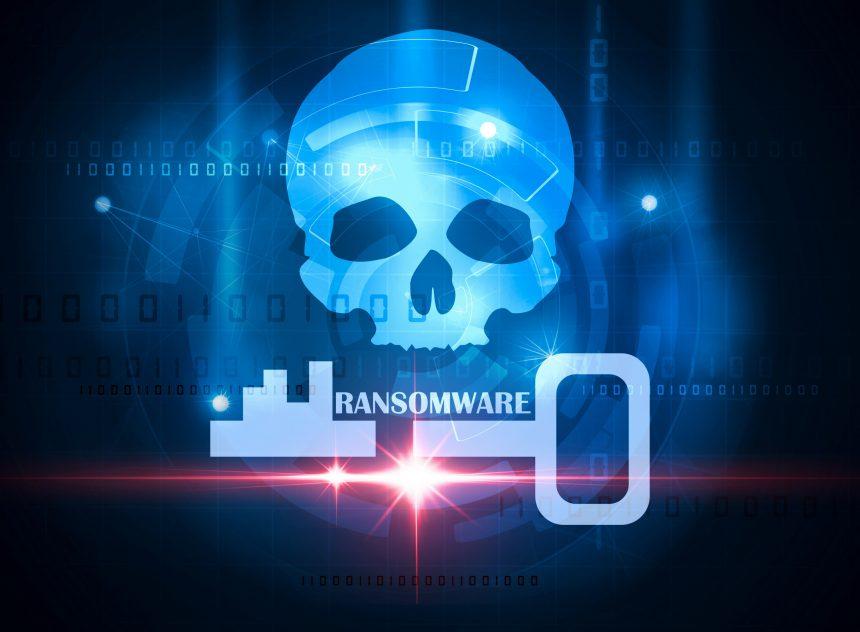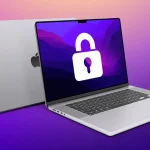Ransomware attacks are a growing threat in the cybersecurity landscape, and the Black (Prince) ransomware is a malicious program designed to encrypt user files and demand ransom payments for decryption. This article delves into the details of Black (Prince), its functionality, symptoms, and consequences. We will also provide a comprehensive guide to removing the malware using SpyHunter and suggest preventive measures to protect your system from future ransomware attacks.
Remove annoying malware threats like this one in seconds!
Scan Your Computer for Free with SpyHunter
Download SpyHunter now, and scan your computer for this and other cybersecurity threats for free!
What is Black (Prince) Ransomware?
Black (Prince) ransomware is a crypto virus that targets users by encrypting their files and appending the “.black” extension to file names. For example, “document.jpg” becomes “document.jpg.black.” Once the encryption process is complete, the ransomware changes the desktop wallpaper and drops a ransom note titled “Decryption Instructions.txt.”
The ransom note informs the victim that their files have been locked and demands payment in an unspecified cryptocurrency to receive the decryption tools. The attackers warn against renaming or modifying the encrypted files, as this could make them permanently undecryptable. Victims are advised to contact the attackers via Telegram (@williamwestcoast) for further instructions.
Functionality of Black (Prince) Ransomware
The ransomware operates as follows:
- Encryption: Black (Prince) uses advanced encryption algorithms to lock files on the victim’s system. These files become inaccessible without a decryption key held by the attackers.
- Ransom Demand: The ransomware displays a note demanding a ransom in cryptocurrency. Victims are warned that failure to comply may result in permanent data loss.
- File Extension Changes: Encrypted files are renamed with a “.black” extension.
- Warning Against File Modification: Victims are explicitly instructed not to alter encrypted files.
Why Paying the Ransom is Not Recommended
While paying the ransom may seem like the quickest solution, it is strongly discouraged for the following reasons:
- No Guarantee of Recovery: Cybercriminals often fail to provide decryption tools even after payment.
- Encouragement of Illegal Activities: Paying the ransom funds future criminal operations.
- Potential Secondary Infections: Ransomware attacks often involve additional malware, such as password-stealing trojans.
Symptoms of Black (Prince) Ransomware Infection
Victims of Black (Prince) ransomware may notice the following:
- File Inaccessibility: Previously accessible files are encrypted and appended with the “.black” extension.
- Ransom Note: A text file named “Decryption Instructions.txt” appears on the desktop or in affected directories.
- Wallpaper Change: The desktop wallpaper is replaced with a ransom-related image or message.
- Error Messages: Attempts to open encrypted files result in errors or prompts to purchase decryption software.
How Does Black (Prince) Ransomware Infect Computers?
Black (Prince) ransomware spreads through various methods:
- Phishing Emails: Malicious attachments or links in emails.
- Drive-By Downloads: Infections occur when visiting compromised websites.
- Trojan Downloaders: Malware that downloads ransomware to the system.
- Torrent Websites: Files downloaded from untrustworthy sources often harbor malware.
- Fake Software Updates and Cracks: Illegal activation tools or fraudulent updates frequently distribute ransomware.
- Network Propagation: Self-spreading capabilities allow ransomware to infect other devices on the same network.
Removing Black (Prince) Ransomware
Remove annoying malware threats like this one in seconds!
Scan Your Computer for Free with SpyHunter
Download SpyHunter now, and scan your computer for this and other cybersecurity threats for free!
To effectively eliminate Black (Prince) ransomware and any associated malware, follow this detailed guide:
Step 1: Disconnect from the Network
Immediately disconnect your device from Wi-Fi or Ethernet to prevent the malware from spreading to other systems.
Step 2: Enter Safe Mode
- Restart your computer.
- Press F8 (or the relevant key for your system) during boot-up.
- Select Safe Mode with Networking from the menu.
Step 3: Use SpyHunter for Malware Removal
SpyHunter is a powerful anti-malware tool that can detect and remove Black (Prince) ransomware effectively.
- Download and Install SpyHunter.
- Run a Full System Scan:
- Open SpyHunter and select the Scan Computer Now option.
- Allow the tool to identify and quarantine all threats, including ransomware components.
- Remove Detected Threats: Follow the on-screen instructions to remove all identified malware.
Step 4: Restore Files from Backups
- Use backups stored on external drives or cloud services to restore your data.
- Ensure the backups were created before the ransomware infection.
Preventive Measures to Avoid Ransomware Attacks
Follow these best practices to minimize the risk of ransomware infections:
- Maintain Regular Backups: Store backups in multiple secure locations, such as external hard drives and cloud services.
- Keep Software Updated: Regularly update your operating system and software to patch vulnerabilities.
- Use Reliable Security Software: Install robust anti-malware tools like SpyHunter to protect against threats.
- Be Cautious with Emails: Avoid opening suspicious attachments or clicking on unknown links.
- Download Software Only from Trusted Sources: Avoid using torrent sites or unauthorized download platforms.
- Disable Macros in Documents: Prevent malware activation by disabling macros in Microsoft Office files.
- Practice Network Hygiene: Secure your network with strong passwords and disable unused ports.
Conclusion
Black (Prince) ransomware is a severe threat that encrypts files and demands a ransom for decryption. While removal tools like SpyHunter can eliminate the malware, restoring files requires backups created before the infection. To safeguard your system, always follow preventive measures such as regular backups, software updates, and using trusted security tools. By staying vigilant and proactive, you can protect your data from ransomware attacks.
Black (Prince) Ransomware’s Text File (“Decryption Instructions.txt“)
———- Black Ransomware ———-
Your files have been encrypted using Black Ransomware!
They can only be decrypted by paying us a ransom in cryptocurrency.
Encrypted files have the .black extension.
IMPORTANT: Do not modify or rename encrypted files, as they may become unrecoverable.
Contact us on telegram to discuss payment.
@williamwestcoast
———- Black Ransomware ———-





